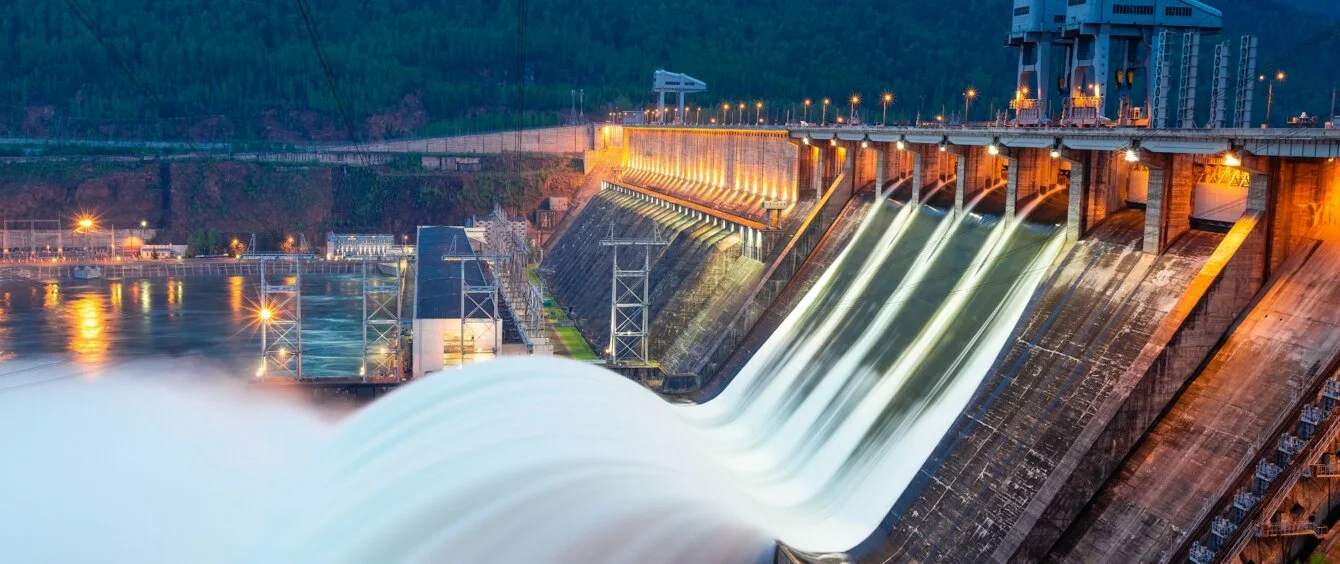Electrification and energy efficiency are what the International Renewable Energy Agency (IRENA) claim to be the main drivers of the energy transition. IRENA has summarised current affairs and future challenges in the World Energy Transitions Outlook (WETO) 2023.
The report reveals that global tensions have been exacerbated by the fallout of the coronavirus pandemic and the sustained consequences of the Ukraine conflict, potentially standing in the way of hitting the Paris Climate Agreement’s 1.5-degree target. After all, many governments have taken various measures, including subsidising fossil fuels with a view to cushioning the rise in energy prices paid by consumers and businesses.
The authors created a scenario in which the energy sector could implement the energy transition. It rests on three pillars:
- Extensive investment in infrastructure expansion
- Suitable political and regulatory environment
- Establishment of conditions conducive to renewables usage
Energy transition progresses, albeit not fast enough
According to IRENA, advances were made in renewable capacity additions the world over in 2022 – above all in the energy sector.
This includes a record 300-gigawatt (GW) increase in generation capacity and a global investment record of 1.3 trillion US dollars. Eighty-three percent of the additions are renewable, with 17 percent being allocable to fossil fuel and nuclear power.
However, based on the IRENA scenarios, there is still an urgent need for action. An average of 1,000 GW of new renewable capacity has to be built every year in order to achieve the declared climate goals by 2050.
To this end, IRENA makes several suggestions, including diversifying investment. According to the report, expansion currently has a strong focus on a handful of technologies. Whereas wind and solar are experiencing strong year-after-year growth, hydropower, geothermal, sustainable biomass, and green hydrogen need to play catch-up.
The report also finds that use of renewable energy by final consumers must rise considerably through the end of the century, e.g. in the heat and transportation sectors.
The world has to co-operate
Another prerequisite for a successful energy transition according to IRENA is strong global co-operation. According to the report, this year’s UN Climate Conference (COP28), which was held in Dubai in November, provides a good opportunity to accelerate change and lend it more weight.
In closing, the authors call for strong support for developing countries, adding that it is crucial to give them access to relevant technologies, training, capacity construction, and affordable funding.
